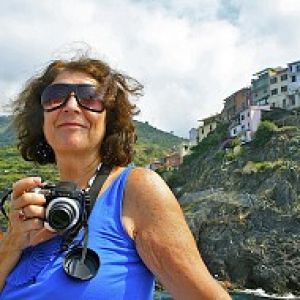An international woman
Elsie Maud Inglis was born in 1864 in India. After a private education she enrolled in Dr Sophia Jex-Blake's newly opened Edinburgh School of Medicine for Women, then completed her training under Sir William MacEwen at the Glasgow Royal Infirmary.
She qualified as a licentiate of both the Royal College of Physicians and Surgeons, Edinburgh, and the Faculty of Physicians and Surgeons of Glasgow in 1892.
Inglis was motivated the generally appalling standard of care and lack of specialisation in the needs of female patients, which led to her becoming politically active and playing an important role in the early years of the Scottish Federation of Women's Suffrage Societies.
After qualifying, she started work at Elizabeth Garrett Anderson's pioneering New Hospital for Women in London then went on to the Rotunda in Dublin, a leading maternity hospital.
She returned to Edinburgh in 1894 to set up a medical practice with fellow student Jessie MacGregor. She also opened a maternity hospital (The Hospice) for poor women, and a midwifery resource centre. A philanthropist, she often waived the fees owed to her and would pay for her patients to recuperate by the seaside.
Despite her already notable achievements, it was her efforts during WW1 that brought her fame.she suggested the creation of women’s medical units on the western front but the war office told her “to go home and sit still”,
Instead, she made her offer to the French Government, whose acceptance led to the setting up of an Auxillary Hospital at Abbaye de Royaumont in 1914 and at another hospital in Villers Cotterets in 1917.
She was active in sending teams to Serbia and Russia and herself went to Serbia where her work in improving hygiene reduced the raging typhus epidemic. She was decorated by the Serbian government.
In 1915 she was captured and repatriated. On her arrival back home, she began organising funds for a Scottish Women's Hospital team in Russia, which left for Odessa in 1916.
Inglis led the team initially but, in 1917, she took ill from the long working hours and appalling conditions.
She returned to England where she died the following day on 26 November, aged 53 at the Central Station Hotel, Newcastle. She is buried at Dean Cemetery, Edinburgh.
I decided to place her beside the garden heather as she was Scottish, and purple is a suffragist colour.
- 12
- 1

Comments
Sign in or get an account to comment.


